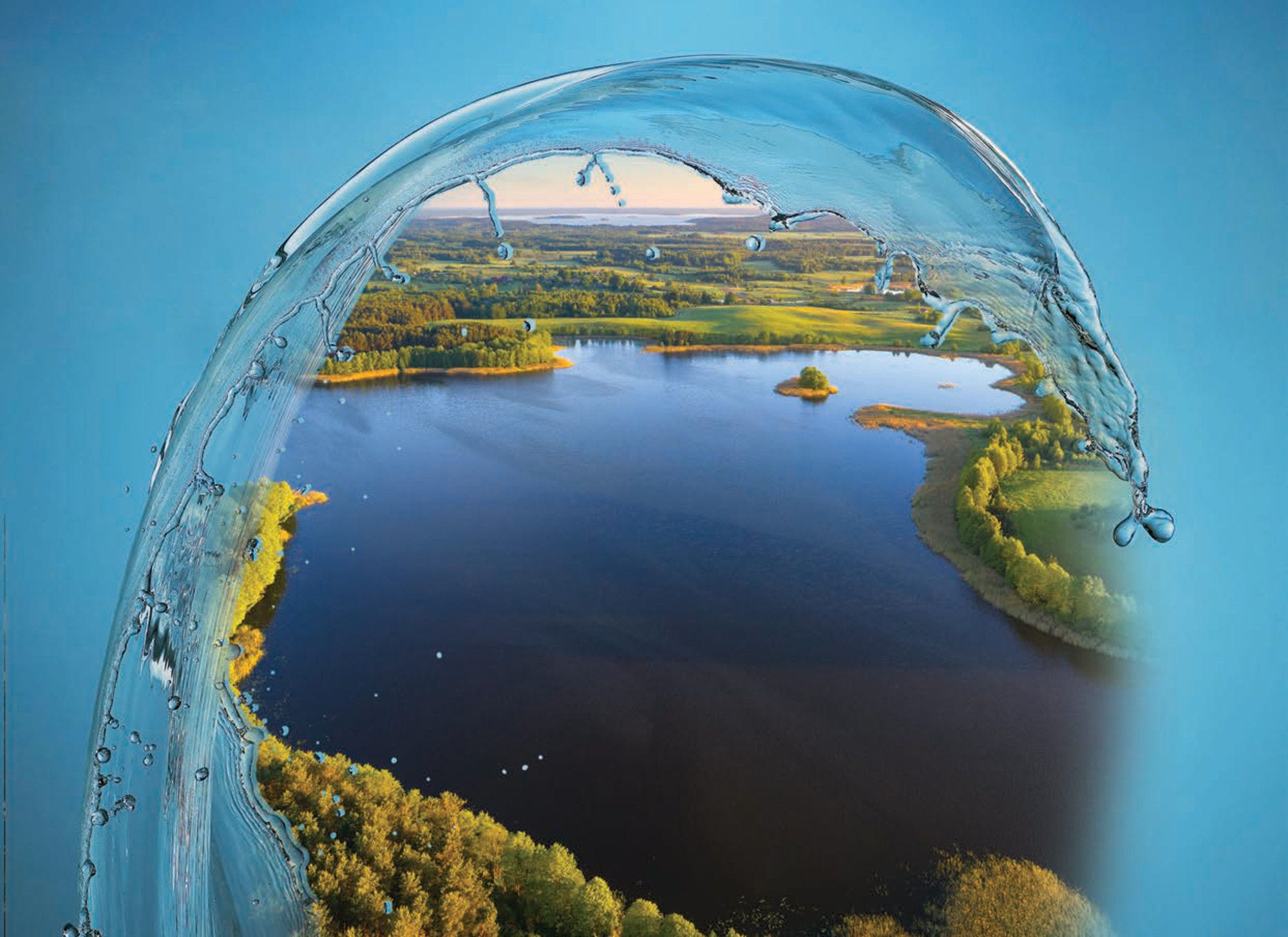The Republic of Belarus has established water security as the country’s main overarching policy objective in the field of water resource management, notably in its draft Strategy of Water Resource Management in the Context of Climate Change for the Period until 2030 (Water Strategy 2030). The strategy’s primary focus is to achieve Sustainable Development Goal (SDG) 6, and Belarus plans to do so through six areas of reform. First, Belarus aims to introduce best available techniques and further improve water use efficiency. Second, it will better account for the impacts of climate change on water resources and adapt its water sector to climate change. Third, Belarus aims to improve surface and ground water monitoring systems. Fourth, it plans to introduce an integrated system of permits for nature users and reform its pricing system for water resources. Fifth, Belarus will adopt and implement river basin management plans, and lastly it will continue co-operation with its neighbours on transboundary rivers.
Under the European Union-funded project EU Water Initiative Plus (EUWI+), the OECD and the other implementing partners (Environment Agency of Austria, UBA; the International Office for Water of France, IOW; and the United Nations Economic Commission for Europe, UNECE) have actively supported Belarus’s reform efforts towards achieving its water policy goals and its approximation of international legislation and good practice. EUWI+ has supported the implementation of the principles of the EU Water Framework Directive and of Integrated Water Resources Management, as well as Belarus’s progress towards its international commitments.
The present publication compiles the results of Belarus’s efforts since 2016 leading to greater levels of water security, including with support from EUWI+. For context, it provides an overview of the current state of water resources in Belarus in terms of quantity, distribution, quality, use and the challenges for current and future exploitation. It presents case studies on different regions of Belarus and their respective problems, including the comparatively water-rich Vitebsk oblast (region); the city of Minsk, which faces water stress due to demographic pressures; Gomel oblast, where water stress is of a seasonal nature; and rural areas like Kopyl rayon (district). Drawing on EUWI+ analysis, the publication identifies tools and techniques designed to respond to Belarus’s regional needs and improve water security at both the local and national levels.
